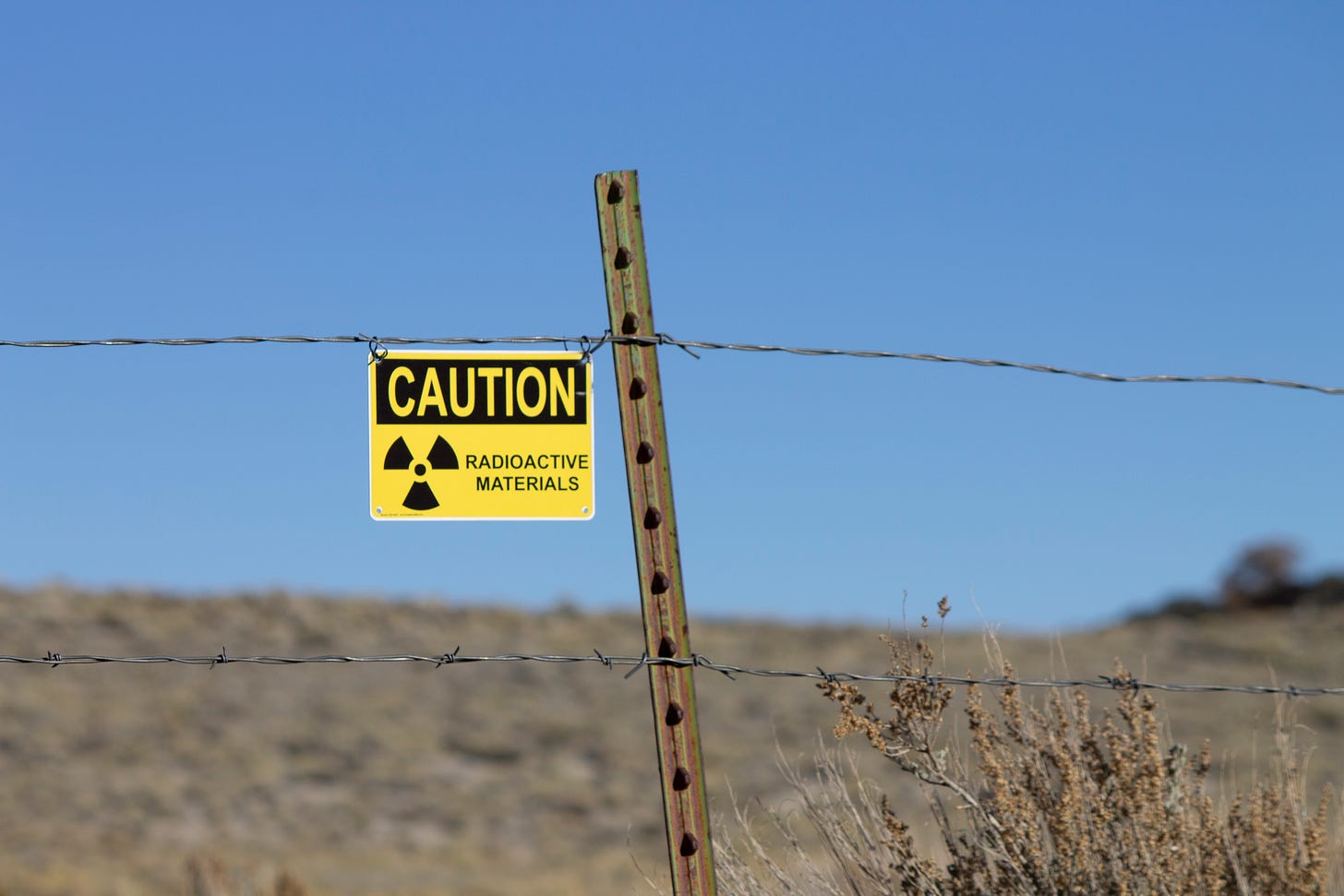The mining land rush is on
Lithium and uranium claims are staked en masse in southeastern Utah
We’ve had a few folks ask if we had a Group Subscription discount for the Land Desk. The answer now is, YES! It’s a serious bargain, too.
In the spring of 1951, a 31-year-old Texan geologist by the name of Charlie Steen staked 11 mining claims in the Lisbon Valley in southeaste…
Keep reading with a 7-day free trial
Subscribe to The Land Desk to keep reading this post and get 7 days of free access to the full post archives.


